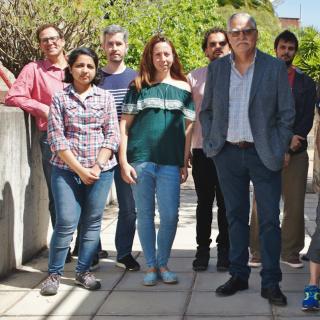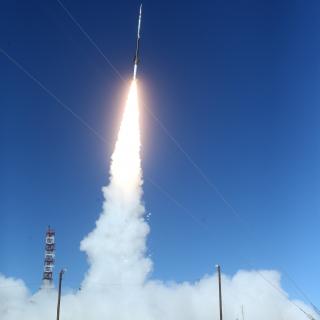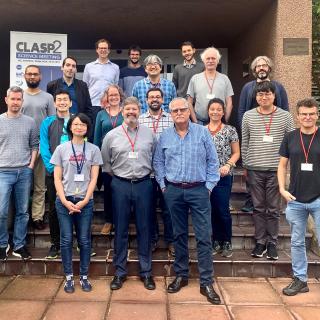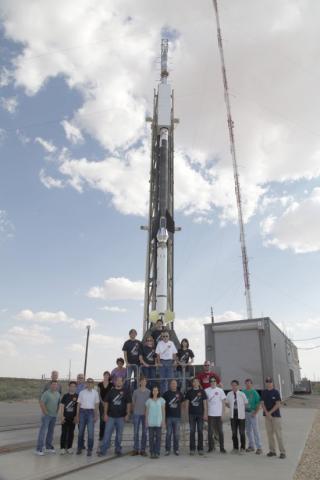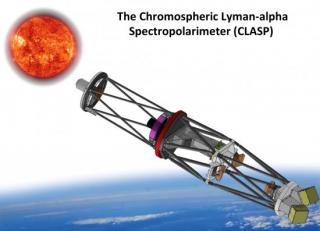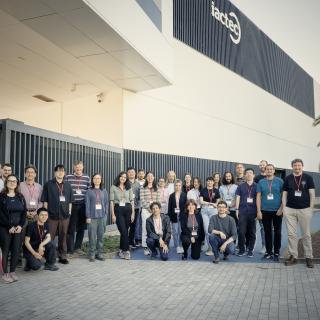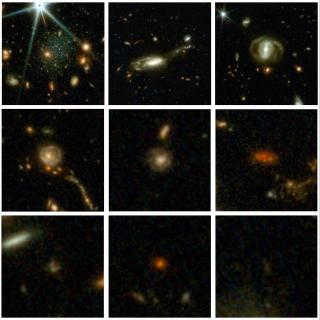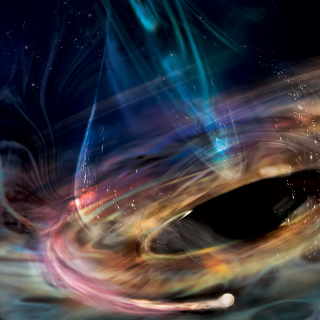The international team of the “Chromospheric LAyer Spectro-Polarimeter” (CLASP) space missions, which includes three scientists of the Instituto de Astrofísica de Canarias (IAC), has just received the NASA Group Achievement Honor Award for the successful execution of the recent CLASP2.1 mission. The goal of this mission is to map the magnetic field of the Sun in an extended region of the chromosphere.
The Chromospheric Layer Spectro-Polarimeter series of heliophysics sounding rocket missions were designed to measure the polarization of the ultraviolet light emitted by the Sun to study the magnetic fields in a complex region of the solar upper atmosphere known as the chromosphere. So far, three space experiments have been carried out: CLASP1 in 2015 for measuring the linear polarization of the hydrogen Lyman-alpha line at 1216 Angstroms; CLASP2 in 2019 for measuring the linear and circular polarization across the h and k lines produced by ionized magnesium atoms around 2800 Angstroms; and CLASP2.1 in 2021 for extending the CLASP2 measurements over a much larger field of view.
The most recent mission, CLASP2.1, was successfully launched on October 8, 2021 from the White Sands Missile Range in New Mexico (USA), aboard a NASA Black Brant IX sounding rocket. The resulting measurements of spectroscopically resolved polarization that CLASP2.1 obtained during its five minutes of observing time yielded a first-of-its-kind map of magnetically induced polarization in the solar ultraviolet radiation. The results demonstrate that future space telescope missions will be able to routinely take this type of measurements in order to study the magnetic fields in such region of the Sun's atmosphere (the chromosphere) that is critical for quantifying the buildup of energy for solar flares and space weather.
CLASP2.1 is an international collaboration led by USA (Marshall Space Flight Center), Japan (National Astronomical Observatory of Japan), Spain (Instituto de Astrofísica de Canarias), and France (Institute d’Astrophysique Spatialle). The Spanish contribution comes from the POLMAG research group of the IAC, whose theoretical investigations represented the motivation for the CLASP missions. The IAC scientists that participate in the CLASP2.1 mission are Ernest Alsina Ballester, Tanausú del Pino Alemán and Javier Trujillo Bueno (who is one of the four PIs of CLASP).
POLMAG is funded by an Advanced Grant of the European Research Council (see http://research.iac.es/proyecto/polmag/).
